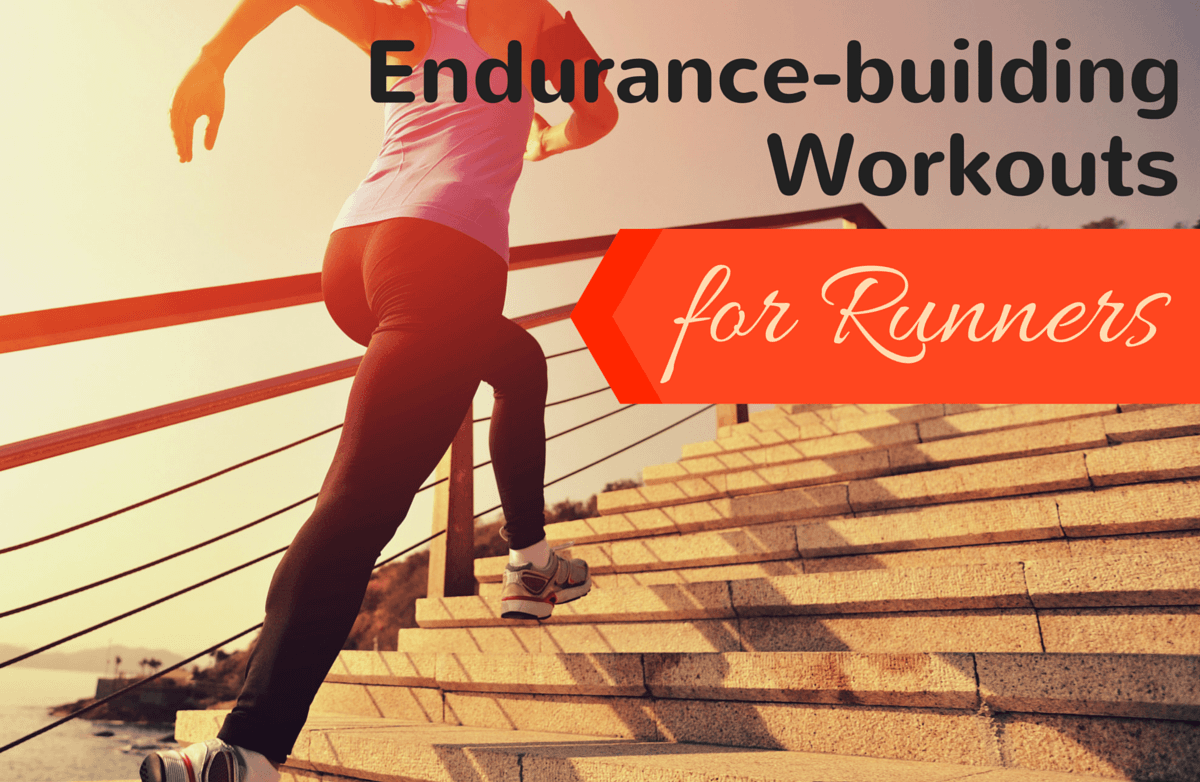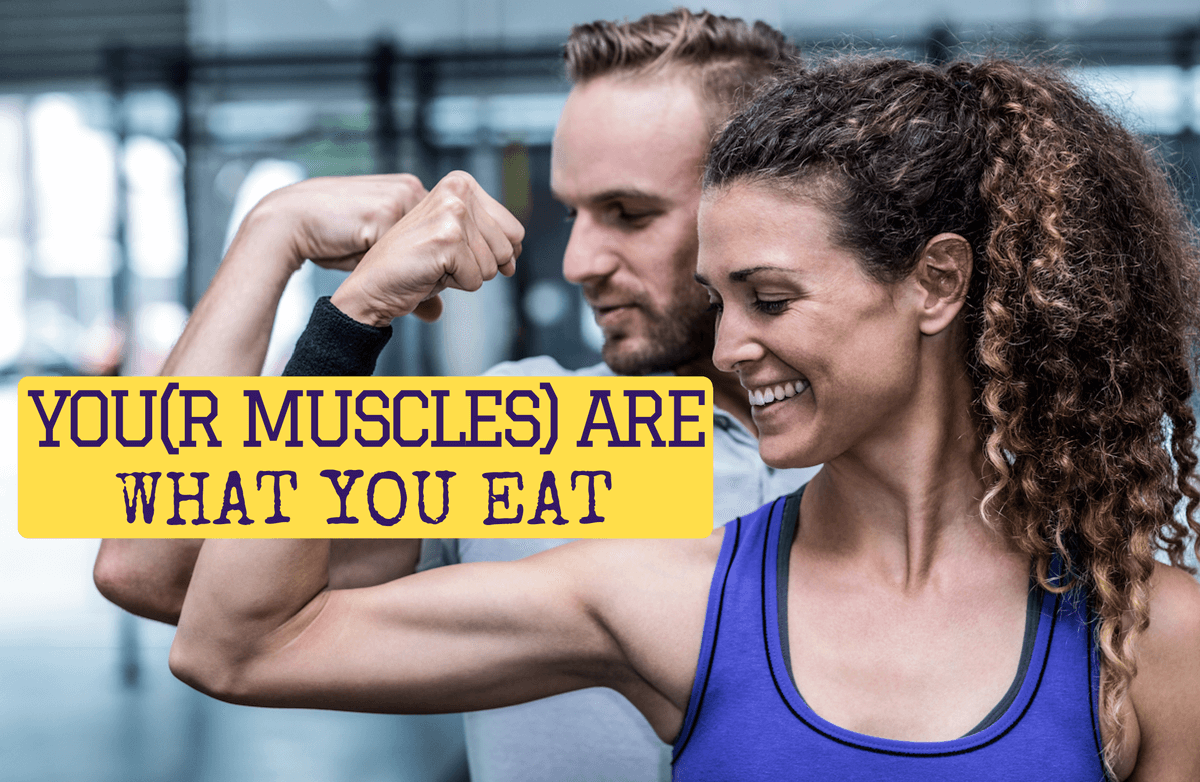Specialty workout clothes might not be a necessity to your exercise program, but the sweat-wicking fabrics and body-hugging designs sure can help! Clothes designed for exercise are made for bodies in motion; they're designed to fit right and stay put when you're on the go so that you stay comfortable. Both high-tech synthetic fabrics, and natural ones such as wool, can help pull sweat away from your body so you stay dry. That means you'll be cooler in the summer and warmer in the winter—and that's more than a comfort issue. Regulating body temperature also keeps you safe. But beyond functionality, workout clothes are just plain motivating! Unfortunately, all that motivation comes at a price.
Last year, I confessed that I tend to spend more on workout clothes than I do everyday attire. $50 for one pair of pants. $15 for special wool hiking socks. $45 for a winter performance top. And I won't even get into the shoes, which need to be replaced every few hundred miles.
More than 60% of SparkPeople members agree that new workout clothes motivate them to exercise, but when asked what they tend to wear during their workouts, a whopping 75% wear "any old clothes" they have. The high cost of workout wear is a major deterrent for many.
Luckily, it doesn't have to be. Although I occasionally splurge on the high priced items, most of the time, I am a bargain shopper who wants high quality at a low price. Since I've been buying workout clothes for more than a decade, I have a few tried and true tricks that I use to refresh my own workout wardrobe on a budget. Here are some of my best tips on how to save money on workout clothes! - Shop end-of-season sales. Just as sweaters are cheapest as spring rolls around, summer and winter, workout clothing goes on major clearance as the weather changes. The same is true for online retailers. This is when I normally hit the sporting goods stores to look for the best deals.
- Visit discount stores. Even when looking for sale prices, you still might pay premium at your big box sporting goods store. Discount chains like TJ Maxx, Marshalls, Filene's Basement, Ross and more typically carry exercise clothes for a fraction of the cost. You're likely to find athletic socks and shoes at these stores, too. You'll find good quality clothing at Wal-Mart (try the Danskin brand) and Target (C9 by Champion) stores, too.
- Compare prices online. In my experience, I tend to find the best deals on workout clothing in stores (usually during clearance time), but you can often find phenomenal deals online. Shoes are a great thing to price compare online. Try on in the store and find out what brand and model you like, then search for a deal online. eBay can be a great source for clothing and shoes, too. But beware of high shipping costs from online retailers; these can easily eat up the small savings you earn by shopping online.
- Check sale/clearance racks first. This might seem obvious, but don't get sucked into the fresh displays at the front of the store. Make a beeline for the sale racks FIRST and see what you can find.
- Hit the outlets. I'm fortunate enough to live within one hour of two major outlet malls that have Nike, Adidas, Under Armor and more sports stores. Outlets have a great selection and a variety of sizes—and they often hold sales and clearance events on top of their already low prices. But beware: "Factory stores" (often present at outlet malls) are NOT the same thing as a traditional "outlet" store and while they often feature lower prices than retail stores, the products and quality (fabrics, construction, etc) is lower and their prices tend to be higher than true outlets. Only outlet stores feature the same high quality products (usually overstocked or slightly damaged) as a regular retailer.
- Buy items that multitask. A tank with a built-in sports bra may cost more than a simple top, but may save you money since you don't have to buy the two items separately. Same with a rain jacket that zips off into a vest or hiking pants that convert to shorts. In addition, any workout staple that you can fit into your regular wardrobe gives you more bang for your buck. I tend to stock up on "hybrid" workout tops that double as everyday wear; ACG by Nike, many yoga and Pilates separates, and tops like SparkPeople's bamboo tanks are some of my favorites.
- Join email lists. Yes, getting too many emails can be annoying, but when you sign up for email lists from your favorite workout-clothing manufacturers, you will often receive special coupons, discounts and sale alerts. To me, the extra emails are worth the savings!
- Look for a customer loyalty rewards program. I often shop at Dick's and belong to their free rewards program. By swiping my card with each purchase, I earn points that accumulate and turn into rewards gift cards that I can spend in the store. I also receive special coupons in the mail.
- Only buy what you need. It's easy to get carried away with buying clothes in cool colors that make you look great, but you'll save a lot of dough by only buying what you need. I have just two pairs of tights and I just one pair of fleece workout pants and one fleece jacket for winter, and it's enough for me to run 3-4 times per week all winter long. Look at your workout schedule, the weather (if you exercise outdoors) and buy just the number of staples you need. If you do laundry throughout the week, you may find that you need even fewer items than you originally thought.
- Choose generic brands. Large sporting goods stores and discount stores alike may carry "off" brand workout clothes that are just as good as the name brands. Check the materials and try them on for size! You may be surprised to find that these less expensive brands are just as good as their higher priced competitors.
- Sometimes cotton is OK—and cheap. For the most part, workout clothes are made of synthetic blends and materials that are designed to wick away sweat, hold in or dissipate heat, and provide a bit of stretch for comfort. But if you're not working out in temperature extremes or don't mind getting a little sweaty, run of the mill cotton clothes and T-shirts are just fine. They're easy to come by (who doesn't have a drawer of old T-shirts already?) and cheap if you're buying them new.
- Think outside the box. Do you really need to wear something labeled as "workout" clothes in order to exercise? Casual T-shirts, plain pajama pants, cotton leggings, and basic tank tops can be just as effective as workout wear. Provided it's not snowy or rainy outside, a basic pair of sweatpants might keep you just as warm and insulated as a pricey pair of fleece. If you're willing to look at your current wardrobe a little more creatively—and expand your search throughout a store—you can save a lot of money!
- Go thrifting. Some consignment stores or thrift stores will carry like-new workout clothes, but it's usually hit or miss. You might have better luck searching for gently used workout clothes online. Try freecycle.org, craigslist.org, or an online auction site.
- Take good care of them. You won't have to buy new workout clothes as often if you take proper care of them. Hot water and a hot dryer can make elastic in your clothing wear out more quickly (it makes elastic brittle and reduces effectiveness of the sweat-wicking technology in performance fabrics).
How do you save money on workout clothes?
|
|














.jpg)
